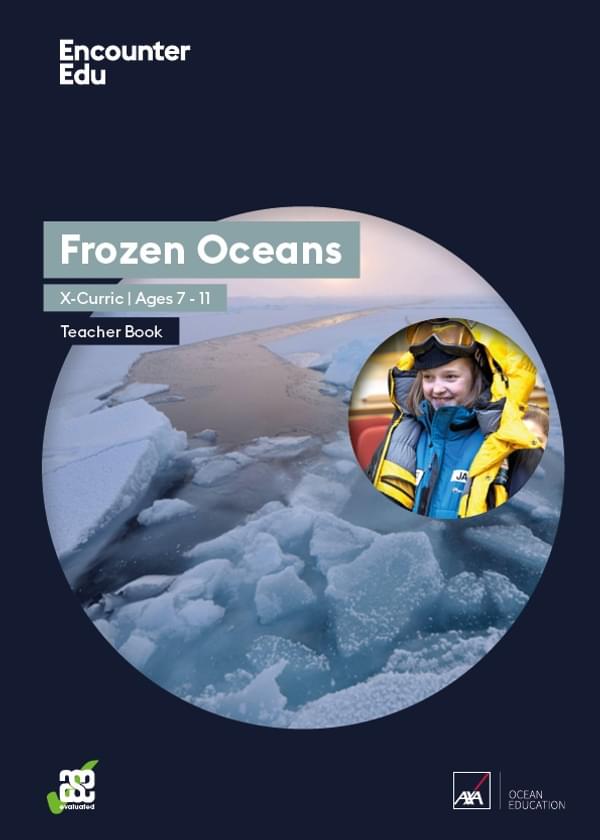Sleeping bag relay
Getting into one sleeping bag seems simple enough, but it is a lot harder when you have three or four sleeping bags to get into and the temperature in your tent is minus 40 degrees Celsius. How do you think you might get on?
Ages 10+
(adult supervision)
20 minutes
(10 minutes preparation)
Part of:
AXA Ocean EducationIt is easy to get frostbite in your fingers zipping up the sleeping bag at night, especially when you are tired after a long day. It can also be very frustrating to try to do up fiddly zips with gloves on. This exercise teaches young people how to develop mental resilience. All you need to do this activity is three sleeping bags and some big mitts.
Activity steps - Preparation
- Select the area for the activity, making sure there are no obstacles in between the sleeping bag zone and the area where the team are waiting.
- Lay out the three sleeping bags, unzipped, per team. This is their sleeping area.
Activity steps - Briefing
- Each member of the team will need to get into and out of the three sleeping bags (one inside the other) wearing mitts or gloves. If they take the gloves off at any point, they could get frostbite and the team will be disqualified.
- If participants break or damage a sleeping bag on a real Arctic expedition, this could affect their safety. A slow and steady approach works best, especially at minus 40oC.
- Only one person can touch the sleeping bags at any one time.
- Each team member must get into all the sleeping bags, zip each one up, one inside the other.
- Once they are in the three sleeping bags, they will need to unzip them fully, ready for the next person.
Activity steps - The relay
- Each member of the team will need to get in and out of the sleeping bags to complete the relay.
- Teams will have three minutes to decide how they are going to do this, i.e. what is the easiest way to get into and out of the sleeping bags wearing thick gloves.
- The winner is the team who can complete this in the shortest time.
Reflection
- How much time did you spend planning your activity? Do you think you should have spent more or less time planning?
- Did you get frustrated? How did this affect your ability to get into the sleeping bag?
- What qualities do you think an Arctic explorer should have? Has this activity changed your ideas?
Further ideas
If you cannot find enough sleeping bags for three per team, consider the following options:
- Make the activity easier by using only one or two sleeping bags per team.
- Create a group challenge with just three sleeping bags for all participants.
- How about creating a leaderboard and see who could get into their polar bed the fastest?
The way that the team would get in and out of their sleeping bags in the Arctic, would be to kneel beside the sleeping bags and place them unzipped one on top of the other. Working from the innermost sleeping bag, they would zip it closed as much as possible but still leave enough space to get in. Then, they would get into the layered sleeping bag system and just need to zip the final sections of each bag.
You can teach a lesson about preparing for an Arctic expedition using Lesson 2: How do you train like an Arctic explorer? from the Frozen Oceans | Cross-curricular | Ages 7-11 unit.
Safety guidance
- Participants should walk to their sleeping bags from the waiting area.
- Participants should sit or kneel before they start their attempt.
- Use contextual briefing elements as above to ensure participants take proper care.
- Monitor participants to make sure that they are not getting too frustrated. Stop them if they are.
Brought to you by



